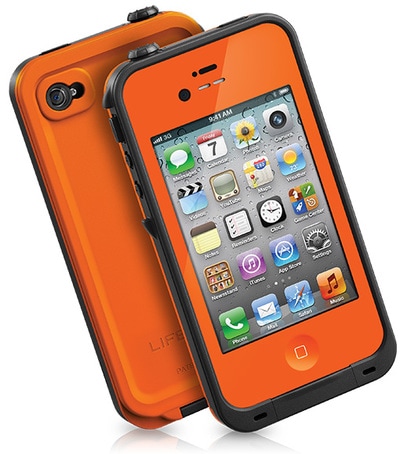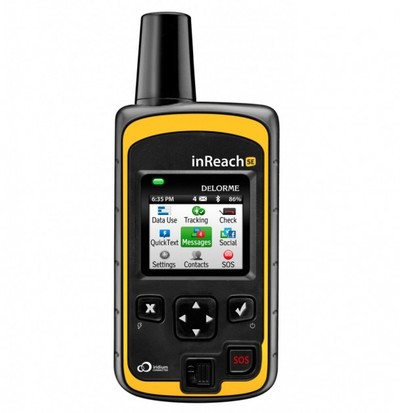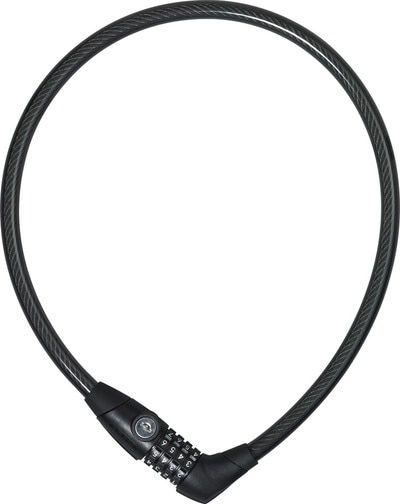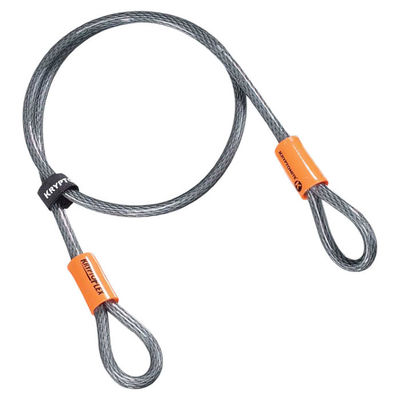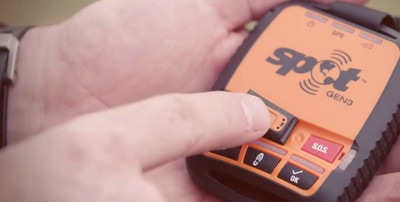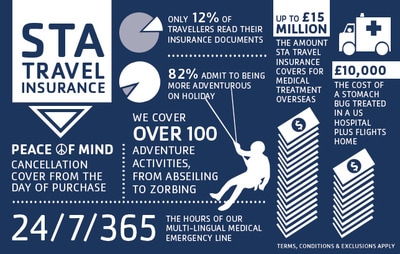Adventure Travel and Security Guidelines
Securing yourself and your equipment is an irritating inconvenience none of us enjoy. After all, you aren’t doing any harm or posing a threat to anybody so why worry about it?
Unfortunately, people are motivated to target travellers for numerous reasons including gender, race, culture, religion, socio-economic (poverty), criminal both opportunist and organised, and political motivation to name a few…. ignoring the threat and risks this poses to you will dramatically increase the likelihood of something happening to you.
By following some basic safety and security principles you will significantly reduce the threat and risk you face on your adventures. More importantly this will give you increased awareness, confidence, a warm fuzzy feeling and the ability to get on with a safer adventure!
We have broken safety and security principles into 5 sections providing a minimum baseline for planning and consideration. If you are visiting higher risk areas these baseline measures should be covered as a minimum:
Situational Awareness
Profile
Communications
Unfortunately, people are motivated to target travellers for numerous reasons including gender, race, culture, religion, socio-economic (poverty), criminal both opportunist and organised, and political motivation to name a few…. ignoring the threat and risks this poses to you will dramatically increase the likelihood of something happening to you.
By following some basic safety and security principles you will significantly reduce the threat and risk you face on your adventures. More importantly this will give you increased awareness, confidence, a warm fuzzy feeling and the ability to get on with a safer adventure!
We have broken safety and security principles into 5 sections providing a minimum baseline for planning and consideration. If you are visiting higher risk areas these baseline measures should be covered as a minimum:
Situational Awareness
- Information - As you travel threat and risk will change. Check available information through your embassy, FCO travel security website and open source information such as travel blogs and local media.
- Personal Awareness - Headphone and smartphones are a distraction and reduce your sensory awareness when in use. When moving through populated or high risk areas remove headphones and minimise the use of smartphones and other tech devices.
- Weather Forecasting – Monitor the weather, consider it in your plans to avoid being forced to stop somewhere you would normally avoid!
Profile
- Confidence – Project yourself as an organised, confident and savvy traveller. Walking around with an open map asking for directions will attract attention. Criminals are looking for a soft target be the hard one….
- Profile – Minimise your profile and blend in where possible. You will find this difficult in many places but ensuring you aren't displaying high value items, flags, religious jewellery or clothing with culturally insensitive images or text is a good start.
- Valuable Items – Carry or mount them discretely. If you are cycling through an area with a higher risk of theft cover, conceal or pack high value items in a safe place.
- Organisation – Pack and organise your equipment efficiently with high value and frequently used kit close and easily accessible. This will save time allowing you to move more efficiently.
Communications
- Voice & Data - Maintain at least one reliable means of communication such as a satellite tracker, mobile phone (with roaming or local SIM) and reliable access to the internet for email, facetime, whatsapp etc.
- Tracking – There are numerous means by which you can be tracked by family and friends. Satellite trackers are relatively inexpensive yet effective in remote locations whilst mobile phone tracking apps are now relatively low tech and minimal in cost.
Protection
- Equipment Security – There are a range of security devices on the market. A combination of a heavy duty lock and cable locks can secure your bike and equipment effectively. Bright coloured locks will further increase deterrence against theft and opportunistic crime.
- Personal Security – Noise is a powerful deterrent not only against people but also animals. Whistles, rape alarms and alarmed motorbike disc locks are all suitable means. The use of a weapon is a worst case scenario but anything heavy (bike locks) or sharp items (folding utility knife) could be used if required. Violence should always be the last resort, generally your safest option should always be to get away from the threat as quickly as possible.
Response
- Unwelcome Approach – Generate stock responses to unwelcome approaches. If you have stopped and you are approached inform them that you are waiting for a group. Don’t be afraid to tell somebody to ‘leave you alone’, say it loudly and with confidence.
- Dummy Valuables – A dummy or sacrificial wallet with some low denomination notes in a clothing pocket is replaceable your main wallet is less so. Your main wallet with ID, passport, travel documents, credit cards and cash should be kept in a more discrete place on your person or secured bag.
- Safe Havens – Local security force locations, government building and public places will normally have a security presence in place. Maintain awareness of where these locations are whilst travelling ensuring you have a safe location to move to if required.
- Exit Strategy – Whilst travelling get in the habit or looking for your exit strategy in buildings, travelling along roads and when camped or in your accommodation. Before long this will become a passive thought process increasing the speed and effectiveness of your decision making process.
- Embassy Registration – Register with your embassy in each of the countries on your route. In the event of an incident this will increase their response time when notified.
- Route Card – This should be used in conjunction with your call in programme allowing your contacts to track your progress more accurately and make a decision on when to act if you miss a call. Mark areas with a higher travel risk.
- Call In Programme – Plan a call in programme with your contacts at home and on your route. Establish a protocol to deal with a 'missed call' in the event that you travel through areas with unreliable communication.
- Panic Button – Satellite trackers and some mobile phone tracking applications have panic functions. It is important that you understand the type and speed of support you can expect when you press the panic button, you may still have to self manage until support arrives.
- Grab Bag – Keep your valuable on your person or in a small bag close to hand. If you need to move quickly, potentially leaving some of your kit the contents of this bag will sustain you until you get to safety. Typically this should contain passport, travel documents, ID, credit cards, cash, prescription medicines (and documents),your phone and some snacks. Always keep water on hand as well, you can’t live without it!
- Medical – If you have taken out medical insurance for overseas trips (which is advisable) ensure that you understand exactly what this entails. Is this international medical evacuation or does it include local medical support, an important definition to understand. If you have no medical background, building up your basic medical and first aid knowledge will save you time, stress and money. Courses are available and ensure that you know how to use the contents of a first aid kit!
If you have questions concerning security and safety in high risk areas please contact us [email protected]. Darroch is an experienced hostile environment security advisor and adventure cyclist. He will be happy to help!



